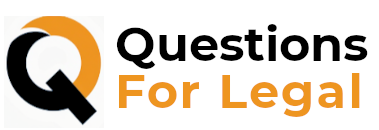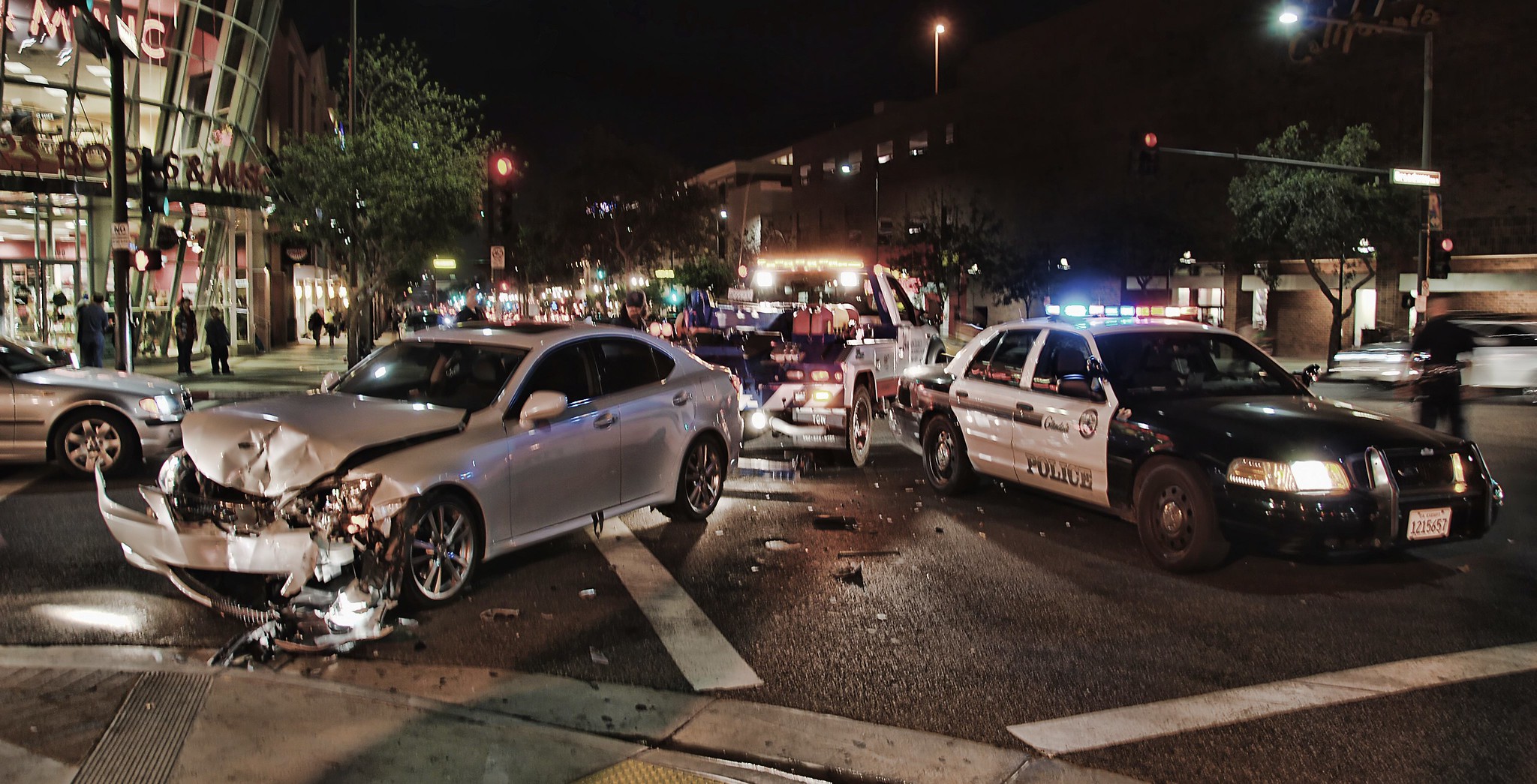Car accidents are a common occurrence on roads and highways around the world. They can result in serious injuries, property damage, and even loss of life. Car accidents can happen for a variety of reasons, including driver error, poor road conditions, and vehicle malfunctions. Regardless of the cause, it is important to determine who is at fault for the accident.
The purpose of this FAQ is to provide information on who may be at fault for a car accident. Whether you are a driver, passenger, or pedestrian involved in an accident, understanding fault can be crucial in determining who is responsible for any resulting damages or injuries. In the following sections, we will discuss how fault is determined, what happens when both drivers share fault, and what to do if the accident was caused by a defect in the car. We will also explore how liability is assigned when the driver is not the owner of the car and what happens when the accident involves a pedestrian or cyclist.
Table of Contents
- What does “at fault” mean?
- How is fault determined?
- What if both drivers share fault?
- What if the driver is not the owner of the car?
- What if the accident was caused by a defect in the car?
- What if the accident involves a pedestrian or cyclist?
- Final Thoughts
What does “at fault” mean?
In the context of car accidents, the term “at fault” refers to the party responsible for causing the accident. This can include drivers, pedestrians, cyclists, and even manufacturers or mechanics in cases where a car defect contributed to the accident.
Determining fault is important because it can affect insurance claims and legal proceedings. In most cases, the at-fault party will be held liable for any damages or injuries resulting from the accident. For example, if a driver runs a red light and hits another car, the driver who ran the red light will likely be deemed at fault and may be required to pay for damages to the other car as well as any medical expenses incurred by the other driver or passengers.
Insurance companies will also look at who is at fault when processing claims. If you are deemed at fault for an accident, your insurance premiums may increase, and you may even face cancellation of your policy. On the other hand, if you are not at fault, your insurance company may be able to recover damages from the at-fault party’s insurance company.
In legal proceedings, determining fault can impact the outcome of a case. If a party is found to be at fault for causing an accident, they may be required to pay damages to the other party. However, if both parties share fault, the amount of damages may be apportioned based on each party’s degree of fault.
Overall, understanding who is at fault for a car accident is important in order to ensure that those responsible are held accountable for any damages or injuries resulting from the accident.
How is fault determined?
Determining fault in a car accident can be a complex process that takes into account a variety of factors. Some of the key factors that can contribute to determining fault include traffic laws, road conditions, and driver behavior.
In many cases, traffic laws will play a significant role in determining fault. For example, if a driver fails to stop at a red light and causes an accident, they will likely be deemed at fault for the accident. Similarly, if a driver is driving above the speed limit and causes an accident, they may be considered at fault.
Road conditions can also play a role in determining fault. If an accident is caused by poor road conditions, such as a pothole or inadequate signage, the agency responsible for maintaining the road may be held liable for the accident.
Driver behavior is another important factor in determining fault. If a driver is distracted, under the influence of drugs or alcohol, or engaging in other reckless behavior, they may be considered at fault for any resulting accidents.
Here are a few examples of how fault might be assigned in different scenarios:
- Rear-end collisions: In most cases, the driver who rear-ends another vehicle is considered at fault, as they are responsible for maintaining a safe following distance.
- Left-turn accidents: When a driver makes a left turn and collides with another vehicle, they are often considered at fault, as they are responsible for yielding to oncoming traffic.
- Parking lot accidents: In parking lot accidents, fault may be assigned based on which driver had the right of way and whether either driver was violating traffic laws or signs.
Overall, determining fault in a car accident can be a complex process that requires careful consideration of a variety of factors. By understanding the different factors that can contribute to determining fault, you can better protect yourself in the event of an accident.
What if both drivers share fault?
In some cases, both drivers involved in a car accident may share fault for the collision. When this happens, the concept of comparative negligence may be used to apportion fault between the parties.
Comparative negligence is a legal concept that acknowledges that both parties may have contributed to an accident. Under this concept, fault is apportioned based on each party’s degree of negligence. For example, if one driver is deemed to be 60% at fault for an accident, while the other driver is deemed to be 40% at fault, damages may be apportioned accordingly.
In states that follow the rule of pure comparative negligence, a driver can recover damages even if they were more than 50% at fault for the accident. For example, if a driver is deemed to be 80% at fault for an accident, they may still be able to recover 20% of the damages incurred.
In states that follow the rule of modified comparative negligence, a driver can only recover damages if they were less than 50% at fault for the accident. For example, if a driver is deemed to be 60% at fault for an accident, they may not be able to recover damages.
Determining fault in a car accident can be a complex process, especially when both drivers share fault. It is important to work with a skilled attorney who can help you navigate the legal system and protect your rights in the event of an accident. By understanding the concept of comparative negligence, you can better understand how fault may be apportioned between multiple parties and what your rights and options may be in the event of an accident.
What if the driver is not the owner of the car?
In some cases, the driver of a car involved in an accident may not be the registered owner of the vehicle. When this happens, liability may be assigned differently than in cases where the driver is also the owner of the car.
In general, liability for a car accident is determined based on the concept of “vicarious liability.” This means that the registered owner of the car may be held liable for the actions of anyone driving the vehicle with their permission.
For example, if a friend borrows your car and gets into an accident, you as the registered owner may be held liable for any damages or injuries that result. Similarly, if an employee is driving a company vehicle and causes an accident, the employer may be held liable for any resulting damages or injuries.
However, there are some circumstances in which liability may not be assigned to the registered owner of the vehicle. For example, if the driver of the vehicle was not given permission to use the car, or if the car was stolen, the registered owner may not be held liable.
In cases where the driver of a car involved in an accident is not the registered owner, it is important to work with an attorney who can help you navigate the legal system and protect your rights. By understanding how liability is typically assigned in these cases, you can better understand your options and what steps you may need to take to protect yourself in the event of an accident.
What if the accident was caused by a defect in the car?
If a car accident is caused by a defect in the vehicle, such as faulty brakes or a malfunctioning steering system, liability for the accident may extend beyond the driver of the vehicle. In these cases, the manufacturer of the vehicle or the mechanic responsible for maintaining it may be held liable for any damages or injuries that result from the accident.
Manufacturers have a legal obligation to ensure that the vehicles they produce are safe for use on the road. If a defect in a vehicle causes an accident, the manufacturer may be held liable for any resulting damages or injuries. Similarly, mechanics have a responsibility to ensure that the vehicles they work on are properly maintained and safe for use on the road. If a mechanic’s negligence or failure to properly maintain a vehicle causes an accident, they may be held liable for any resulting damages or injuries.
Determining liability in cases where a car accident is caused by a defect in the vehicle can be complex. It may require a detailed investigation into the circumstances of the accident, as well as an assessment of the vehicle itself and any relevant maintenance records. If you have been involved in an accident caused by a defect in a vehicle, it is important to work with an experienced attorney who can help you navigate the legal system and protect your rights. By understanding the potential liability of manufacturers and mechanics in these cases, you can better understand your options and what steps you may need to take to pursue compensation for your injuries and damages.
What if the accident involves a pedestrian or cyclist?
Accidents involving pedestrians or cyclists can be particularly devastating, as these vulnerable road users are more likely to sustain serious injuries or even be killed in a collision with a motor vehicle. However, determining fault in these types of accidents can be particularly challenging, as there may be multiple factors to consider.
In general, drivers have a legal obligation to exercise caution and avoid causing harm to pedestrians and cyclists. However, pedestrians and cyclists also have a responsibility to obey traffic laws and take reasonable steps to avoid accidents. When an accident involving a vulnerable road user occurs, fault may be assigned based on a variety of factors, such as the actions of the driver and the pedestrian or cyclist, the visibility and lighting conditions at the time of the accident, and the presence of any traffic signals or crosswalks.
One of the unique challenges of determining fault in accidents involving pedestrians or cyclists is the potential for bias. In many cases, there may be a perception that the pedestrian or cyclist was at fault for the accident, particularly if they were not obeying traffic laws or were not visible to the driver. However, it is important to remember that drivers have a legal responsibility to exercise caution and avoid causing harm to others, even if those individuals are not obeying traffic laws.
If you have been involved in an accident involving a pedestrian or cyclist, it is important to work with an experienced attorney who can help you understand your legal rights and options. By understanding the unique challenges of determining fault in these types of accidents, you can better protect yourself and pursue compensation for any injuries or damages that you have suffered.
Final Thoughts
In conclusion, determining fault in the event of a car accident can be a complex and challenging process. Factors such as traffic laws, road conditions, and driver behavior can all play a role in assigning fault, and the outcome can have a significant impact on insurance claims and legal proceedings.
Key takeaways from this FAQ include the definition of “at fault” in the context of car accidents, how fault is typically determined, and what happens when both drivers share fault or when a car defect is responsible for the accident. Additionally, we discussed the unique challenges of determining fault in accidents involving pedestrians or cyclists.
Understanding fault in the event of a car accident is crucial for protecting your legal rights and pursuing compensation for any damages or injuries that you may have suffered. By working with an experienced attorney and staying informed about your legal options, you can take steps to protect yourself and achieve the best possible outcome in your case.

The Retired Cop dedicated 35 years to serving as a police officer, where he gained extensive experience by working in various specialized units such as patrol, SWAT, major case investigations, and traffic enforcement. His diverse background in law enforcement has equipped him with a deep understanding of criminal justice and operational procedures. This expertise allows him to offer valuable insights into legal matters, drawing from his extensive knowledge of the justice system.






Thank you for sharing this informative blog post. It’s important to know the different types of criminal offenses and their potential consequences. Criminal defense attorneys in Saskatchewan are lucky to have such valuable information at their disposal.